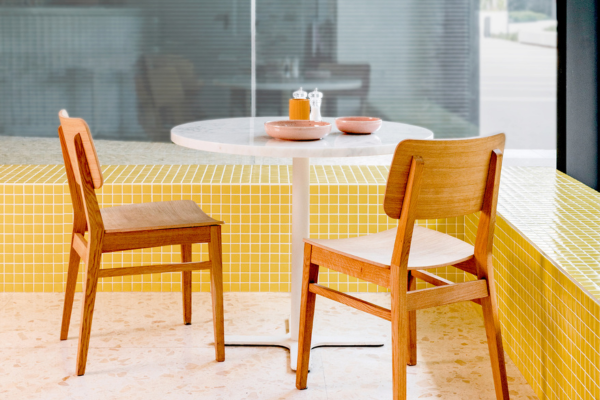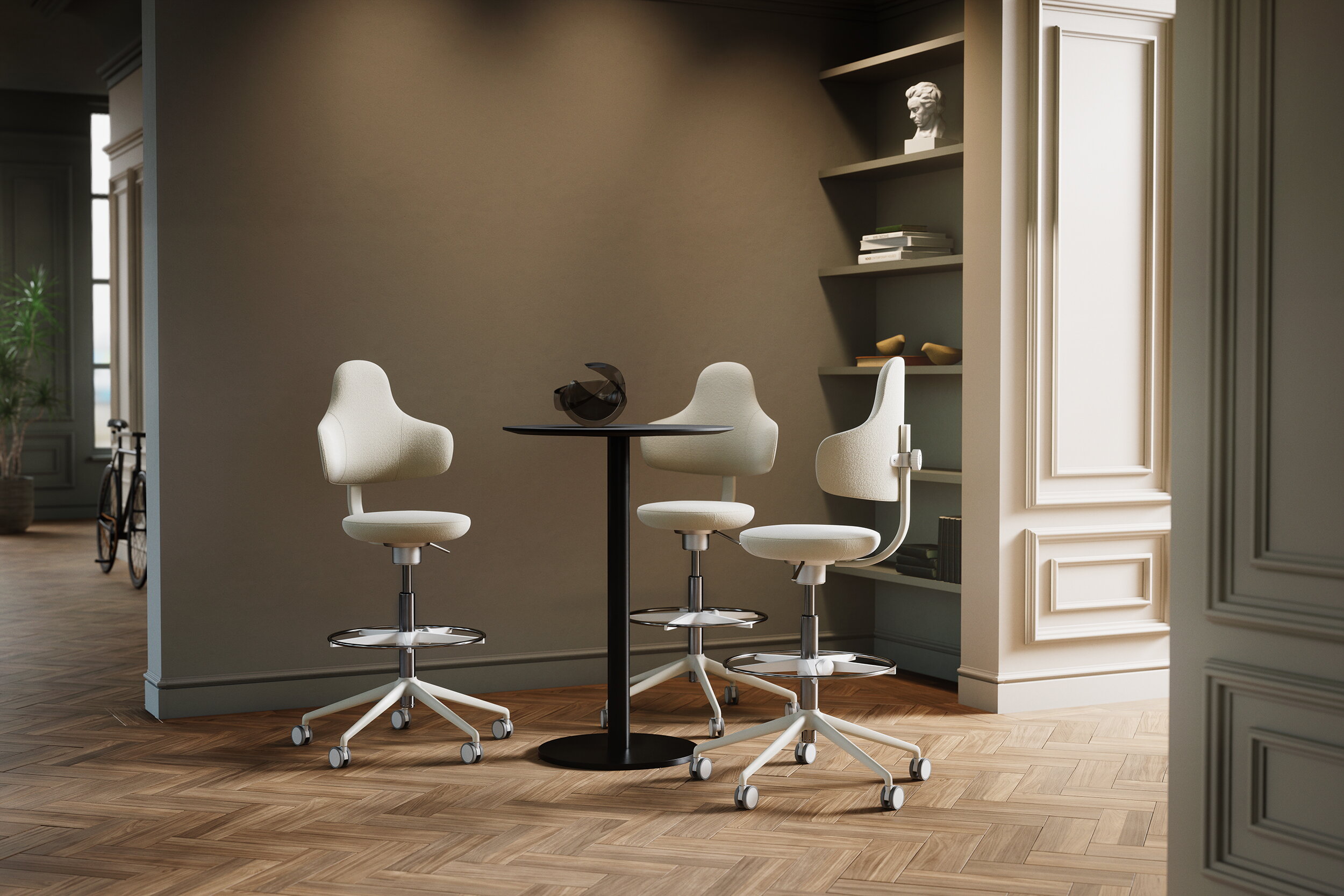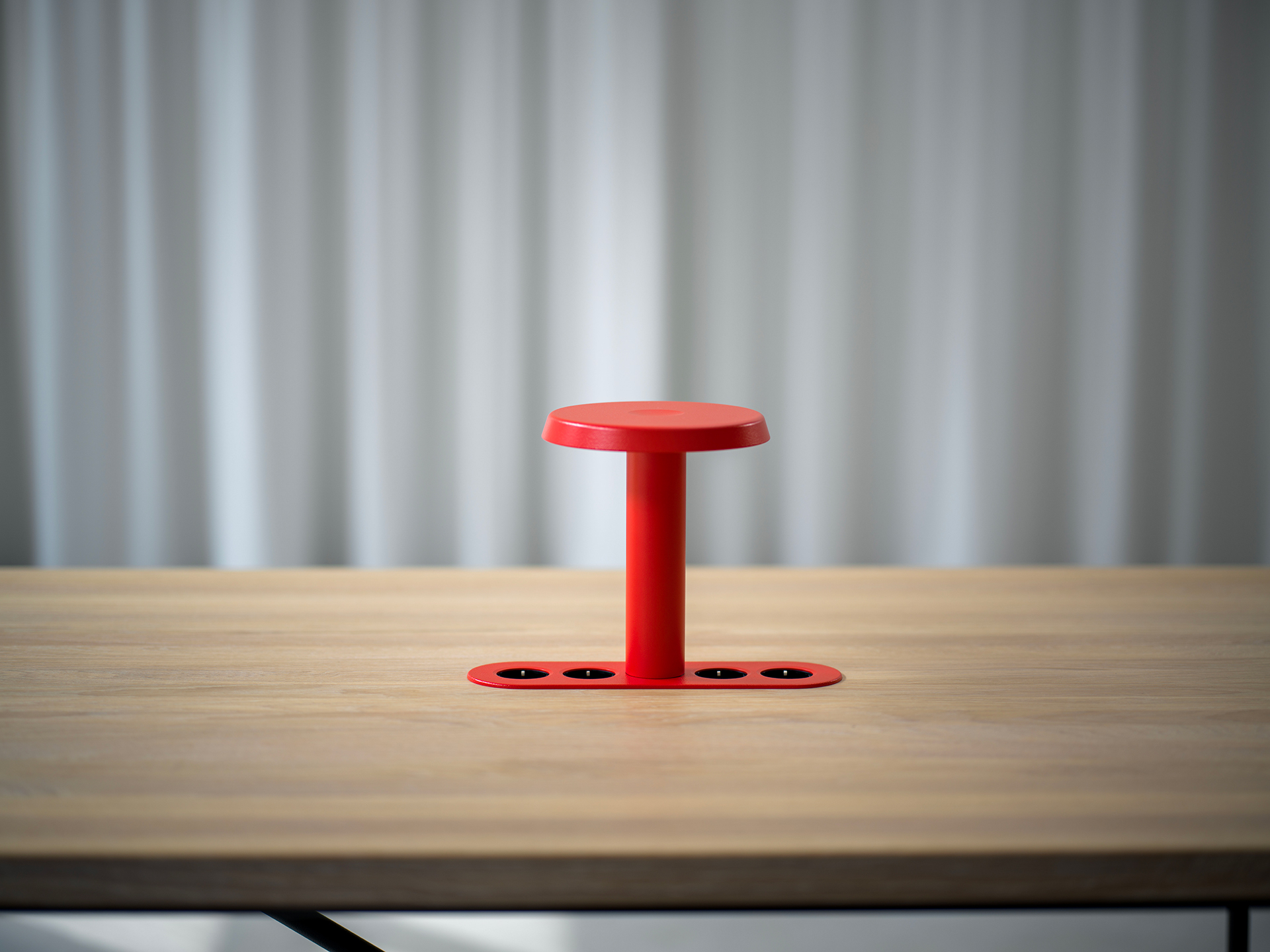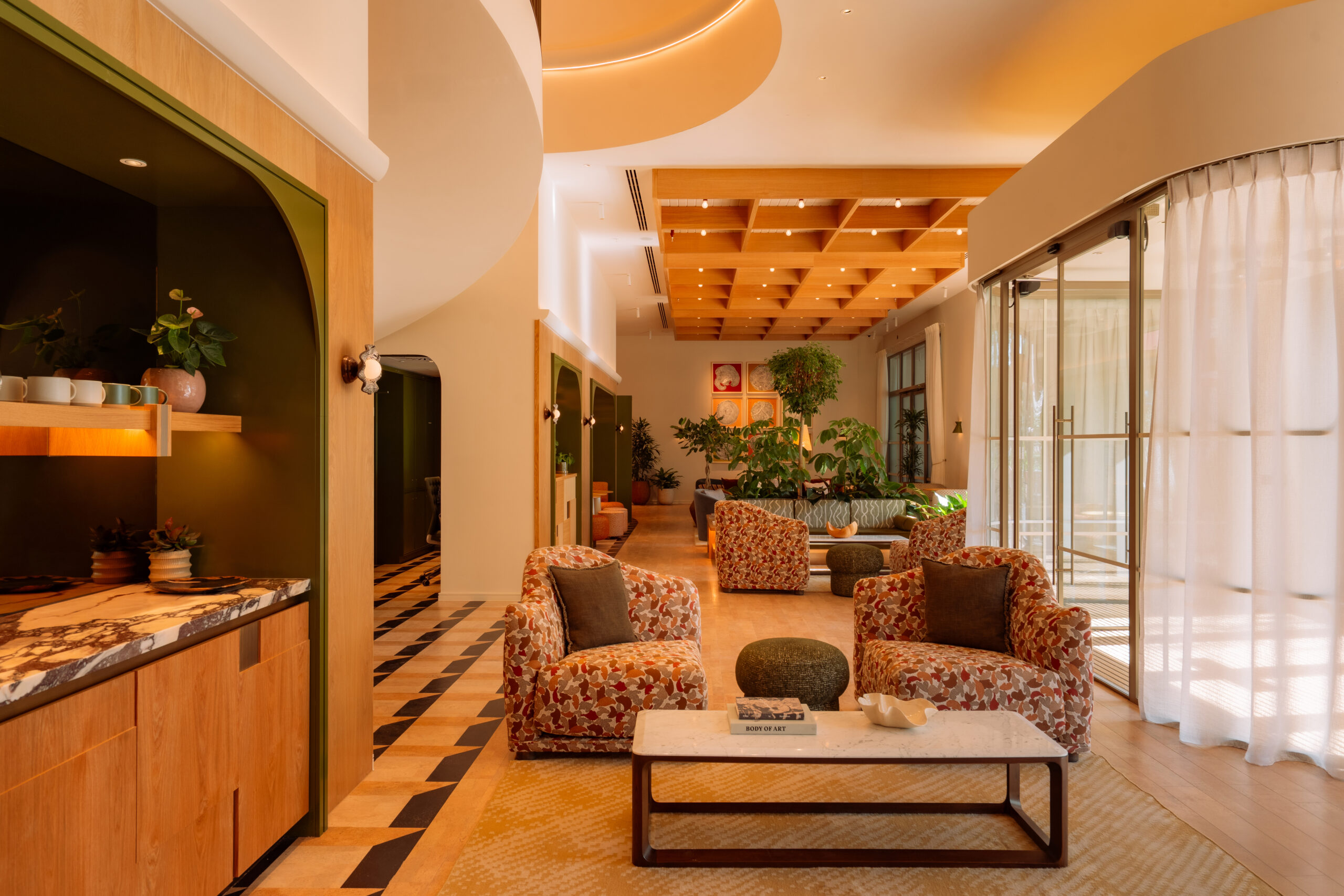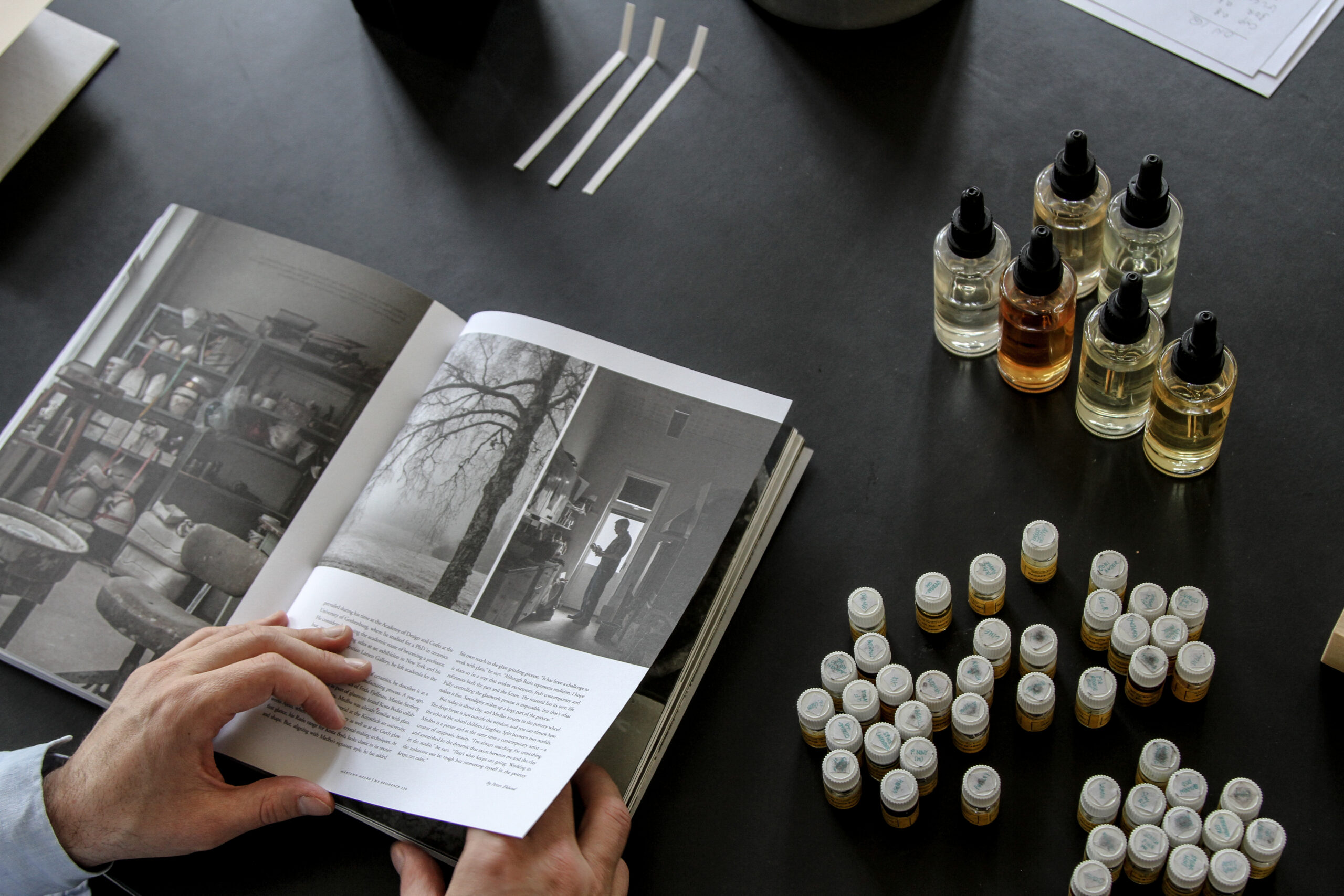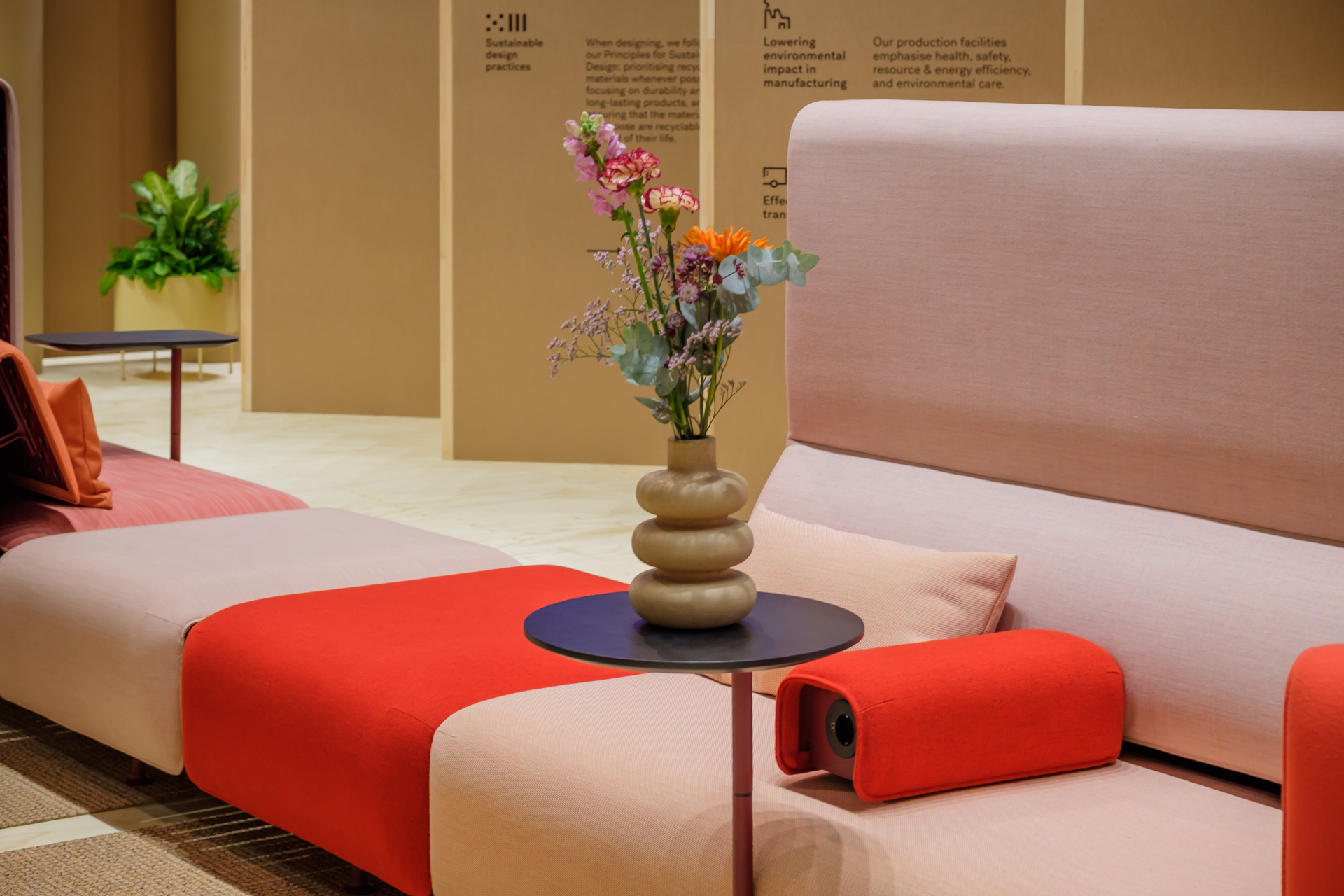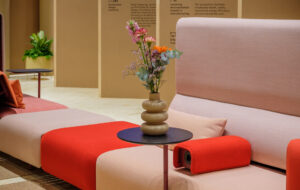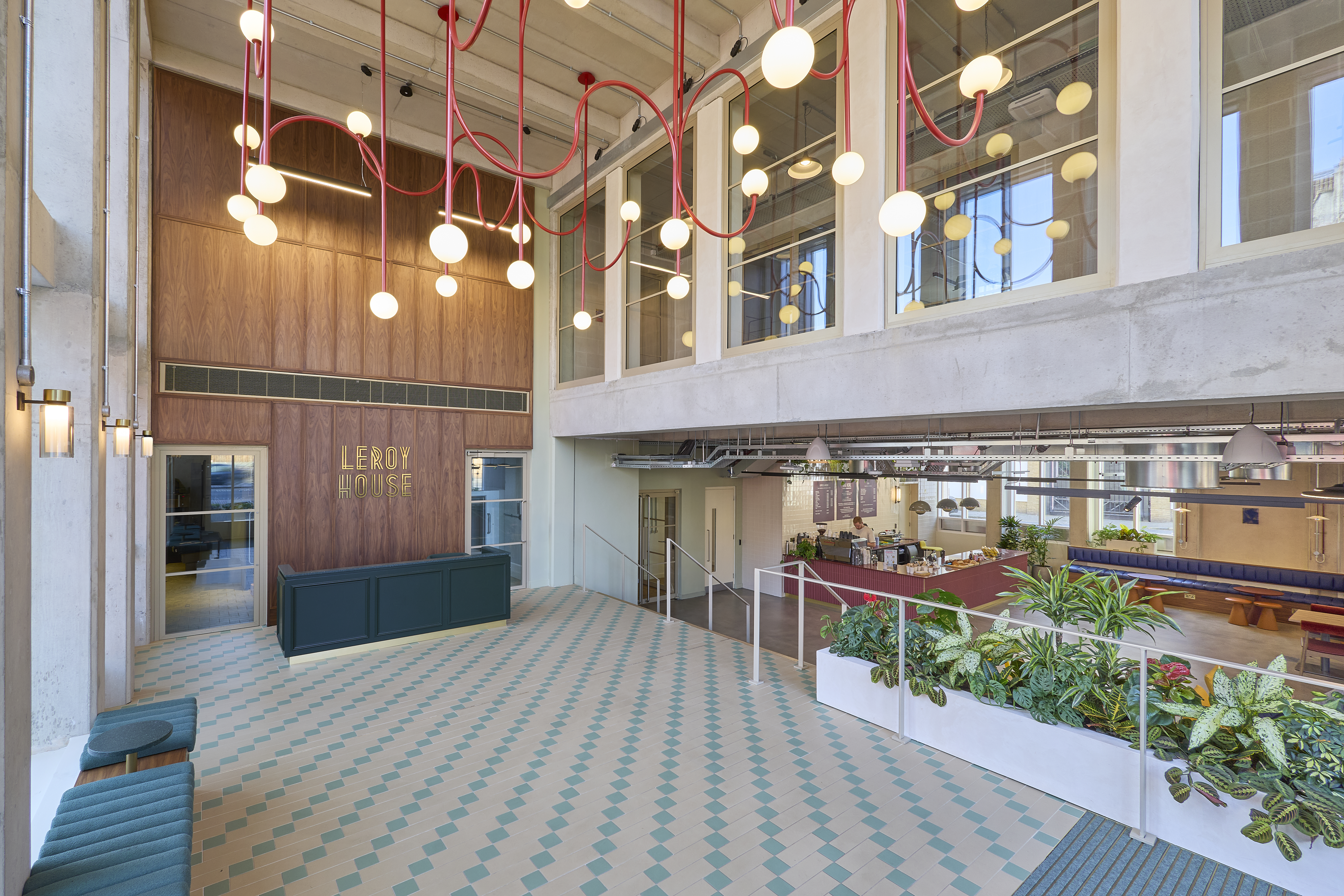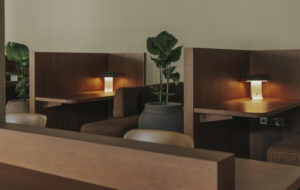 Pot in his Schiedam studio, with furry carpet over his head|Slim Office, 2008, with magnetic message board and accessories|Magnetic drawer attached underneath Slim Table|Skinny Chair, 2008, made to go with Slim Table and upholstered with Divina from Kvadrat|Rubbish bin accessory for Slim Office|Old Fruits, Tops and Bottoms (made from hollowed gourds|Large Fold-up|Ramdom Light|Revolving Chandelier (2009)|The word ‘Ass’ made in foam|The Lazy Bastard couch will be launched this year|Balls table||
Pot in his Schiedam studio, with furry carpet over his head|Slim Office, 2008, with magnetic message board and accessories|Magnetic drawer attached underneath Slim Table|Skinny Chair, 2008, made to go with Slim Table and upholstered with Divina from Kvadrat|Rubbish bin accessory for Slim Office|Old Fruits, Tops and Bottoms (made from hollowed gourds|Large Fold-up|Ramdom Light|Revolving Chandelier (2009)|The word ‘Ass’ made in foam|The Lazy Bastard couch will be launched this year|Balls table||
The Dutch designer comes clean about his new Slim Office and the idea of cynicism in design
Waiting for designer Bertjan Pot to pick me up at the train station in Schiedam, the small city outside of Rotterdam where he has his studio, I wasn’t quite sure what to expect.
I knew he had joined the ranks of celebrated Dutch designers with pieces like Random Light for Moooi and Slim Table for Arco. I also knew a prerequisite for this interview was that any pictures of him obscure his face. Might be a bit of a pain, I thought.
But then Pot turned up in a beat up old van, every bit the gentle giant, and washed away my hasty misgivings.
“The press is getting to be too much about design stars,” he explains slowly and quietly. “It’s too much about favourite colours and favourite songs and what I like to eat for breakfast. What has that got to do with design?”
Fair point, but as I’m led into his Wonka-esque workspace a few minutes later – a wonderland of bobbly bits, shiny surfaces and colourful scraps – I silently decide that I’m curious about those things myself.
It’s true that the design world’s cult of personality has reached a feverish pitch – but some people might still be curious to know what was for lunch the day Pot conceived of an electric blue, baroque-inspired folding table (Balls, 2006) or which song was playing when he made the word ‘ass’ out of pink foam. Same goes for a patchwork couch (Shared Space project, 2007) accompanied by a used carpet with strips of coloured tape, which sit front and centre in his studio.
But alas I am here to discuss Slim Office, the latest incarnation of his Slim Table for Arco, so we veer away from the superfluities and straight into his vast workshop. Boxes of vibrant textiles are stacked high against the walls. Running the length of the room is a series of tables with half-finished projects ranging from a skull-shaped hot air balloon to a model for the interiors of the Social Security offices in Amsterdam. The effect is sort of carnival meets laboratory.
“There are two ways to achieve multifunctionality. One is to be like the Swiss army knife and the other is to be like the paper clip”
It’s a ‘non-concentrated’ approach to work that proves most fruitful, says Pot. “We can leave projects overnight, we can leave them for two weeks – that way things can be ongoing. You can walk past it every day and whenever you have a small idea about something, you concentrate on it,” he says.
And some of the projects are just for fun. “I have this whole studio full of stuff that has appeared when I play. And when I get a serious question from a factory I can just see if I have a project that they can take up,” he says.
It’s a remarkable statement coming from a designer who, at 34, has had substantial commercial success – manufacturers such as Montis, Pallucio and of course Arco and Moooi have put his designs into production. But on the face of it, he seems to be more wrapped up in materials and his own curiosities and preoccupations than in getting things produced, in the conventional sense. “Maybe for someone else it works to be more pragmatic, but not really for me.”
Some obvious themes emerge in his work, though, such as the idea of a structural skin or layers. Slim Table, produced in 2005 for the 100-year jubilee of Arco, uses a steel frame covered with a wooden veneer. “Metal for construction and wood for upholstery,” says Pot.
Random Light (2002) and later Non Random Light were created with fibre glass drained with resin, coiled around a balloon that was then deflated. In 2003, Random Chair came as a follow up to Random Light, using the same material coiled over a single-sided mould, and in 2004, Pot made limited edition lampshades from the hollowed skins of gourds.
Aside from Slim, the materials are not slick and smooth, which is refreshing in an industry where texture is generally erased out of things. “When I started studying (in the early 90s at the Design Academy in Eindhoven), design meant to straighten out a product – to make it smooth, slick, inorganic. I think I was reacting against that.”
“Maybe for someone else it works to be more pragmatic, but not really for me”
In that same spirit of rebellion, he often takes on projects because the brief, or ‘question’, rubs him the wrong way. Slim Office, which is basically the Slim Table with magnetic accessory add-ons (rubbish bin, drawer, cable management device, vanity board and matching message board), was an example of a manufacturer asking Pot to do something he’d rather not: cut holes into his table.
“Sometimes when a question or assignment is annoying, I would like to prove that the actual question posed is silly … or that the result can be so much different than what they are expecting. The first thing I do when I get a question is wonder why I got it so I can give the best answer.”
The idea for Slim Office didn’t come out of a genuine exploration or concern for what an office needs, as it turns out. It is the one tactical, commercially driven design that we chat about during the interview: “This project is really more about what Arco could do as they are having a tough time just like all the other furniture companies. The main thing was to think of something that they could sell and that they would be good at.”
Pot likens the evolution of the design to loose pub talk, where the idea of using magnets was put out there, layered upon, and even joked about. “We said, ‘imagine what problems we could solve for cable management!” But then, of course, the proposal was taken seriously and Slim Office was born.
“I think the Slim Table is good for an office because there is so little about it that so little can be wrong, and therefore its very multifunctional,” Pot says. “There are two ways to achieve multifunctionality. One is to be like the Swiss army knife and the other is to be like the paper clip. I generally prefer the paper clip because with the Swiss army knife, the only thing you experience is that you’re missing out on something. It’s weighed down with all the functions. The more functions it has, the less functional it becomes. But the paper clip, because it’s nothing, it can be anything.”
There is no denying that designers are vying for the thinnest, most impossible looking table – and Pot’s Slim is a contender.
“It’s like the fastest car, you know, it’s the thinnest table,” he jokes.
But Slim Office, and the idea of multifunctional furniture, is right in step with workplace trends.
“It’s a sort of 1980s modernism to have less of something. Now if you see what students are making – they are all making art design where they can express their feelings through a product,” he says, with an impish chuckle. “But now I’m being cynical.”
Which is something to watch out for with Pot. It dawned on me, as he described a revolving chandelier he had started to make for a Michelin-starred restaurant (it’s got a black and white stripey core and floppy pieces of reflective polyester sheet, slightly silly), that there is an element of mockery in some of his creations.
“I wanted to make something that was like a chandelier but a modern version of it. If you get food at this restaurant, on the plate you will have maybe a bit of jelly here and something else there. You eat it and it’s … magic,” he says, grinning.
Are you taking the piss out of them, I ask? “I’m being quite sincere although I realise with everything there is a double layer. There is a funny side to it too and maybe I’m addressing that side as well.”
In any event, the chandelier is not likely to go into the restaurant but was eventually shown this year in Milan along with a honeycombed back chair for the launch of a new Italian furniture company, Skitsch.
After leaving Pot’s studio, I was struck by what a funny character he is and how that comes through in his designs. However cynical, there is still a real joy in his work, almost as if he is winking at the world. I emailed him later to ask whether this was true.
“It’s not about the humour itself. It is more about looking at the stuff differently than other people do,” he says. “The outcome can be funny, but that is exactly what makes a joke funny. It is twisting the truth in an unexpected way. If there is nothing true about a joke, it’s not funny. If nothing is twisted, it isn’t either. Making jokes is not my goal but I do like to twist things.”
And that, in a nutshell, is Bertjan Pot.

